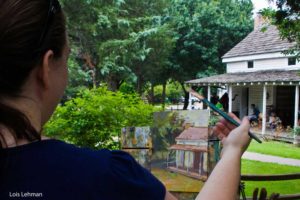Thursday, June 2 was an explosive day at Old City Park. For the first time ever, the Curatorial department disposed of an antique from our collection by blowing it up, with the help of the Dallas Police Department’s bomb squad.
There was no act of terrorism or other criminal threat, just a dangerous chemical legacy from the past. The artifact was a brown glass bottle that once contained liquid picric acid. Doctors and dentists used this around 1900 for medical purposes, particularly to treat burns. Liquid picric acid is poisonous, but that would not be enough to scare a history curator. Collections of historic artifacts can contain many dangerous things, including medical artifacts. Many early medicines were substances that, technically speaking, were poisons, but in very small doses could be beneficial. Even strychnine has its uses as a nerve stimulant, but I wouldn’t try to self medicate with it. I am thankful not to be a curator at a museum that covers the world wars, as they all have stories about opening a box and finding a live grenade, but my picric acid scare was almost as alarming
While I am always on the watch for dangerous substances in our collection, I had never heard of any problem with picric acid. To be honest, I had never heard of picric acid and I would wager you haven’t either. That Thursday, an email arrived from a curator’s list-serv. It warned that when picric acid gets old, it can turn into crystals, and they are explosive. I have a database with information about all 24,000 artifacts in our collection. So I searched for “picric.” And lo and behold, turned up a record for a six-inch tall brown glass bottle “full of whitish crystals,” that had been sitting on a shelf in my warehouse since 1981.
So I went out to the warehouse and looked through the 30 of so bottles on that shelf until I found it. Then I carried it to a table in our workroom for examination and told my assistant, “I think I’ll call the fire department.”
They didn’t exactly panic when I described my find. I don’t suppose they do panic much. They said they would give me a call back if there was anything to worry about. There was. They called and said they were on their way with a fire truck and the bomb squad.
When they arrived, I showed them the bottle and we asked how much of a pop that amount of picric acid might make. The answer was, enough to blow your hand off. That little bottle! The one I just carried in my own little hand! They also mentioned it is an unstable explosive, so it doesn’t need a detonator or fire to set it off. It could be set off by something as simple as a change in temperature. We evacuated the warehouse by scurrying out the door.
The bomb experts took over. A brave man donned what looked like a bulletproof vest and a protective helmet with a face shield. He grabbed a long metal pole with a pincer clamp at the end and entered the warehouse. And we all waited for what seemed like several minutes until he slowly backed out with the historic bottle clasped at the end of the pole.
The bomb squad has a special trailer with a metal box to safely transport explosives to a field where they can be detonated. But we have our own field, the overflow parking area in back of my warehouse. The man with the pole slowly carried the bottle across the field and deposited it in a hole the firefighters had dug. He attached a small detonator with a timer. They alerted the 911 operators and closed the street near the field. I finally thought to grab my camera and pointed it at the hole in the field.
So why don’t I have a good picture of the explosion? Because it was so much louder than expected that I jumped and my picture is a psychedelic image created as the lens zoomed up past a tree toward the sky. I missed the whole explosion!
Now the excitement is over, and there is nothing left to do but update the database record for this artifact, to explain why the museum no longer has it. Usually I write that the artifact was stolen from a building, or that it became so decrepit I had to throw it away. “Exploded by bomb squad” will be a first.
You need not fear visiting the museum, not even the doctor’s office, where many old medicine bottles are displayed. We thoroughly searched them to verify that there is no more picric acid. From the day we started accepting medical artifacts, curators have been on the lookout for dangerous substances and disposed of them appropriately. The only dangerous thing in our doctor’s office is Alice, the skeleton, and she hardly ever attacks visitors anymore.


 Tuck, age 22, ambassador and mascot of Old City Park, passed away peacefully on January 17, 2019. He was surrounded by his OCP family and brother, Nip.
Tuck, age 22, ambassador and mascot of Old City Park, passed away peacefully on January 17, 2019. He was surrounded by his OCP family and brother, Nip.
